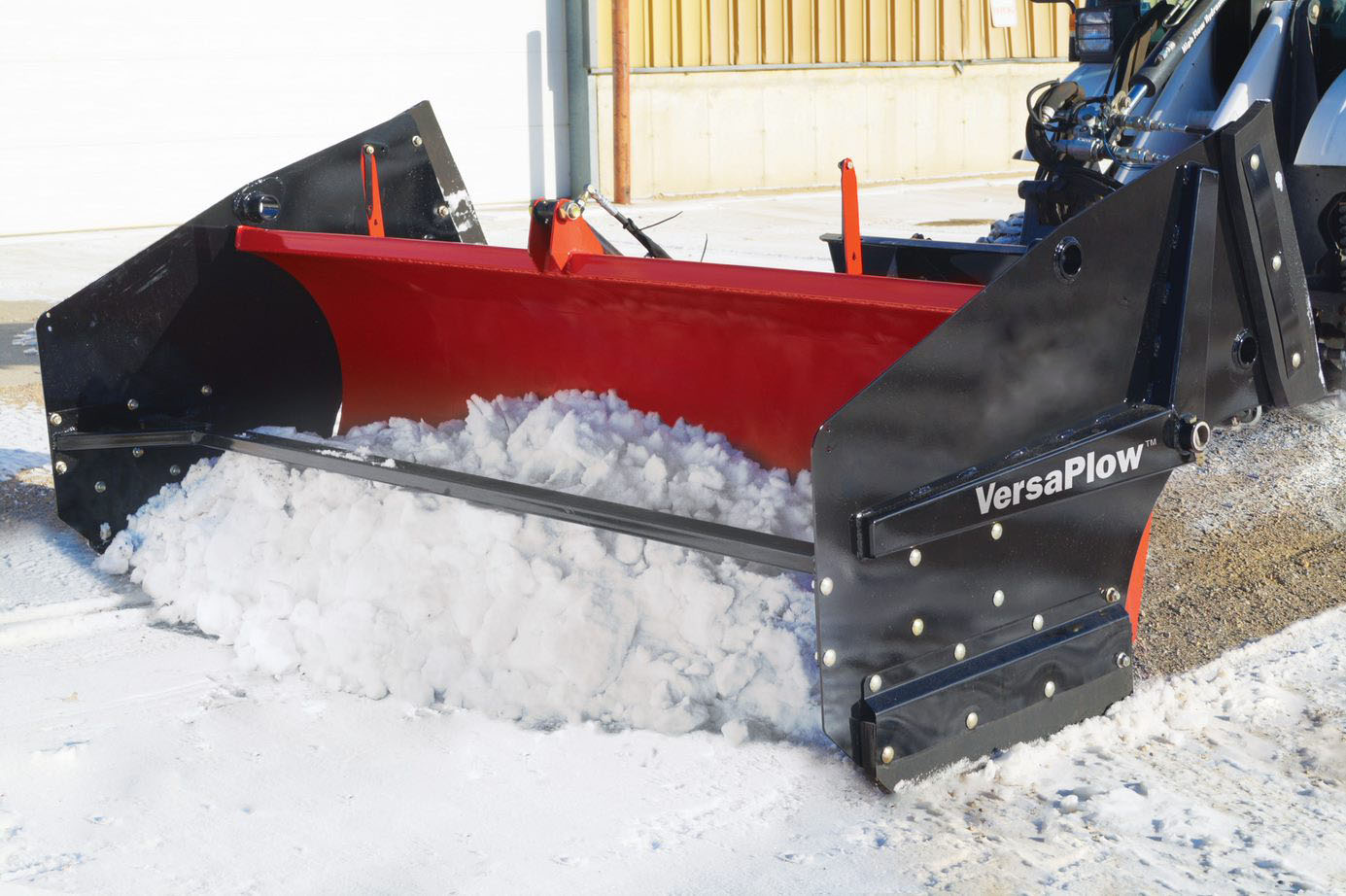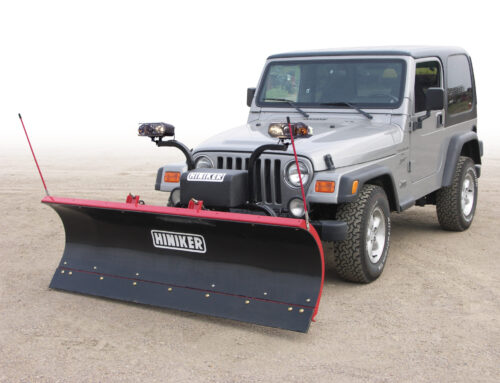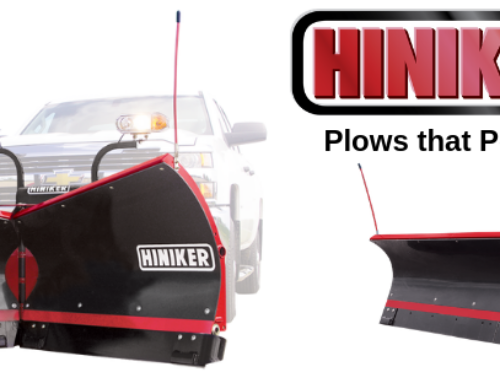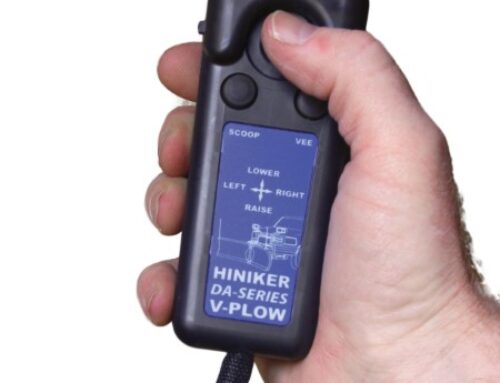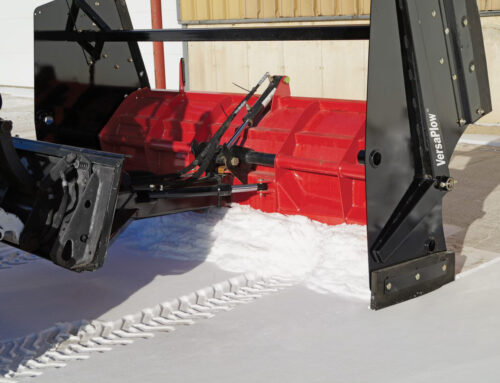Whether you’re plowing out your commercial driveway or clearing parking lots, find out how proper snowplow maintenance can make all the difference. Check out the best ways to maintain your snowplow to keep it going for years to come.
The Importance of Proper Winter Snowplow Maintenance
Mid-season breakdowns can stall your snow removal company or prevent customers from enjoying a safe, clear parking lot at your storefront. Start with a durable snowplow that outperforms the competition and follow these crucial maintenance steps to keep your snowplow moving forward.
Create a checklist to go over the most important maintenance features at the beginning of the season. It’s a good idea to routinely check the list throughout the season, as snow, ice and road salt can damage your snowplow as you work.
Consider keeping an emergency kit in your truck with you. When you’re plowing extra-large snowdrifts and navigating unplowed roads you need a few essentials at your side. Be sure to pack some of these great items for your emergency kit:
- Spare parts- for example, Solenoid (383500515), Joystick Switch (36014019), Oil (25011320) and coil (25011667)
- Safety light
- Tow strap
- First aid kit
- Ice melt
- Sand
- Shovel
- Warm clothing
Of course, the best preparation is routine snowplow maintenance. While you may experience an emergency at any time, having a well-maintained plow can go a long way in preventing your vehicle from becoming trapped in deep snow. It is also important to ask your local dealer if they will be open longer hours during a blizzard, so you will be able to get a part in a pinch and get back to the snow.
Top 6 Tips for Maintaining Your Snowplow
Take charge of your snowplow maintenance schedule and look for these common issues at the beginning, middle and end of the season. Here are the top five areas that you need to inspect carefully to ensure your snowplow performs well all season long:
– Change your oil: Changing your plow fluid every year is very important. Always use a snowplow specific oil, preferably Hiniker Cold Flow Oil rated at -60*.
-Look for signs of rust: Looks for signs of rust or fatigue. Your plow can become chipped or damaged throughout the season. Make repairs or touch up the paint promptly to avoid further damage.
-Inspect the electrical system: A modern snowplow comes with lights and a hydraulic system that is powered by an electrical system. Inspect the electrical connections, battery terminals, and any burned-out lightbulbs. Always use dielectric grease on all electrical connections.
-Ensure proper lubrication: A snowplow has plenty of moving parts, and snow, salt and rust can all cause pins and pivot points to rust and grind. Grease or oil your moving parts liberally to ensure your snowplow can adjust easily.
-Fill up your hydraulic fluid: Low hydraulic fluid could cause your system to fail or cause you to lose control of your snowplow unexpectedly. Keep your system working well by inspecting your hydraulic lines and hydraulic fluid reservoir.
-Tighten springs and inspect bolts: Loose springs and damaged bolts can all cause your snowplow to fall unexpectedly. As the springs age, particularly in rough winter conditions, they can quickly rust and become damaged. Be sure to clean and replace these components as needed.
These are the top six areas where snowplows need routine maintenance to perform in the toughest conditions. Be sure to check out your truck’s tires, brakes, transmission and body to keep them maintained through harsh winter months.
Take Your Snowplowing to the Next Level With Hiniker Company
Try out these snowplow tips on your own plow. If you’re not happy with the performance of your snowplow, or it’s time to upgrade to a premier snowplow that can handle even the toughest conditions, shop for truck plows today at Hiniker Company. Contact us to learn more about our professional-grade line of snowplows, maintenance tips or other useful advice to get more out of your plow.
